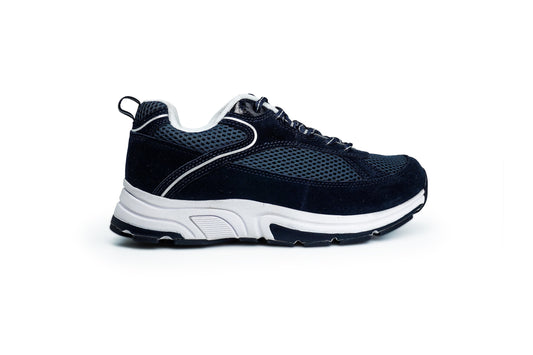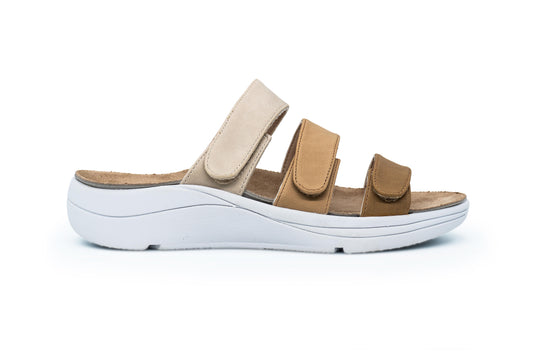Battling Blisters: Understanding, Treating, and Preventing Foot Blisters and Athlete’s Foot
Blisters, those pesky fluid-filled sacs that often appear on the feet, can be both painful and disruptive, especially for athletes and active individuals. While blisters can arise from various causes, they are particularly common in conjunction with conditions like athlete’s foot. In this comprehensive guide, we'll delve into the world of blisters, exploring their causes, effective treatments, and practical prevention strategies.

What Causes Blisters?
Signs and Symptoms
- Fluid-filled Bumps: Blisters typically appear as raised, fluid-filled bumps on the skin.
- Pain and Tenderness: Blisters can be painful, especially when pressure is applied.
- Redness and Swelling: The surrounding skin may become red and swollen.
Treatment Options
- Leave Intact if Possible: If a blister is intact, it acts as a natural barrier against infection. Avoid puncturing it unless necessary.
- Clean and Protect: If the blister breaks, clean the area with mild soap and water, apply an antiseptic, and cover it with a sterile bandage.
- Over-the-Counter Ointments: Topical ointments containing ingredients like hydrocortisone can help soothe the affected area.
- Avoid Irritants: Minimize friction by wearing well-fitting shoes and moisture-wicking socks.
Prevention Tips
- Choose Proper Footwear: Opt for shoes that fit well and provide adequate support to friction.
- Moisture Management: Keep feet dry by changing socks if they become sweaty and using moisture-wicking materials.
- Foot Powders: Applying foot powders can help reduce moisture and friction.
- Address Underlying Conditions: Effectively treating conditions like athlete’s foot can contribute to blister prevention.
When to Seek Medical Attention
If blisters are recurrent, large, painful, or showing signs of infection, it's advisable to consult with a healthcare professional for proper assessment and treatment.
If you want to be proactive and keep your feet pain-free, DiabeticShoe.In your one-stop shop for all things related to foot health.








